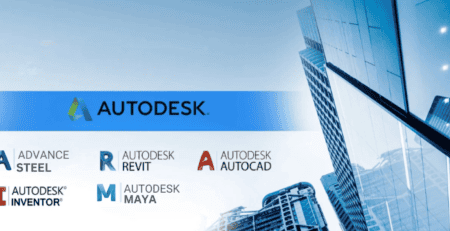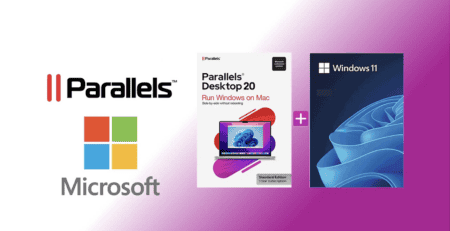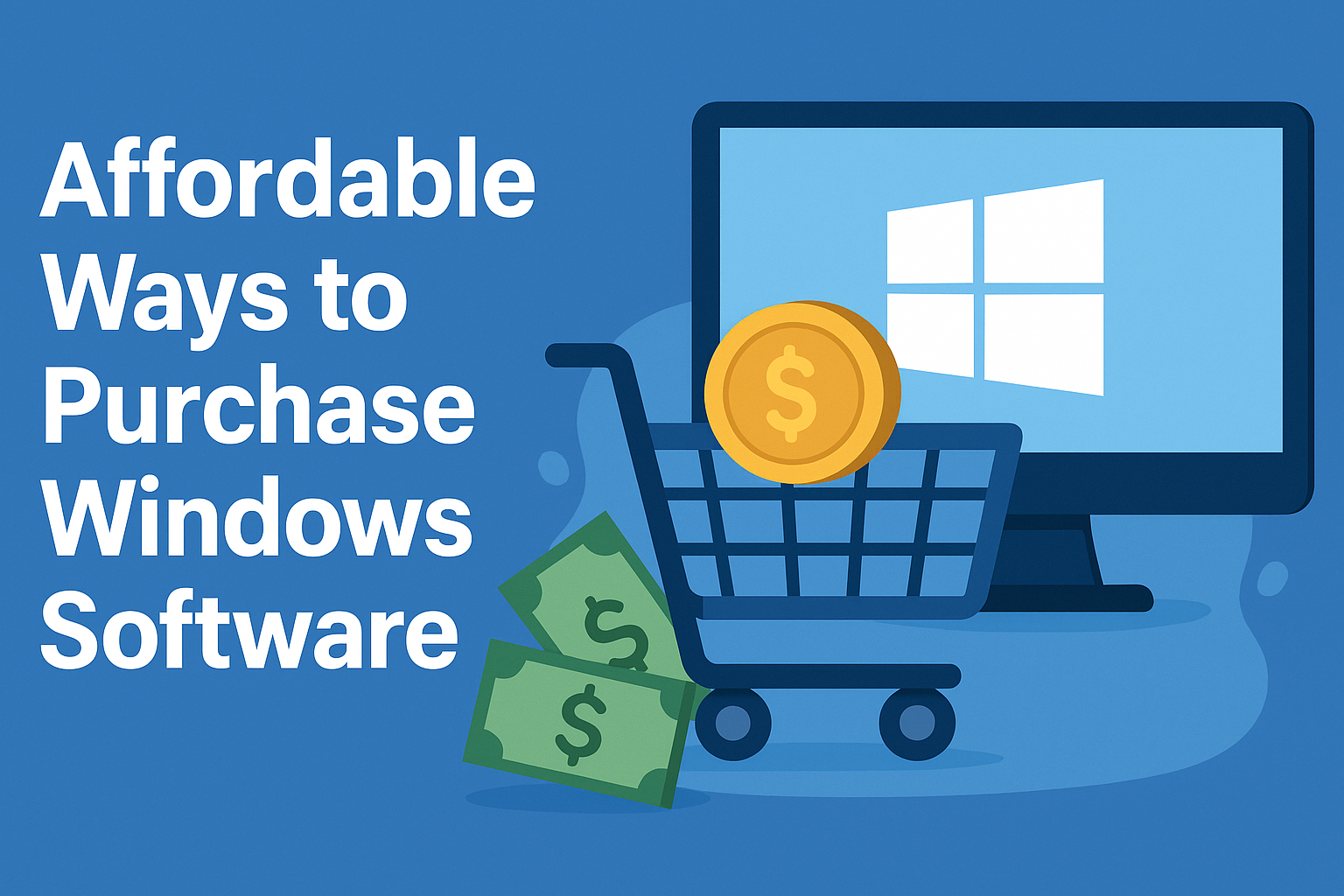Maximizing Profits in Used Software Sales
The used software market is a dynamic domain characterized by the buying and selling of pre-owned software licenses. This market thrives on the principle that software licenses, much like tangible goods, retain value that can be transferred between users. Engaging in used software sales can be a lucrative endeavor, provided you understand its legal, technical, and market complexities.
The Legality of Used Software Sales
The legal framework surrounding used software sales is pivotal. In many jurisdictions, including the European Union, the resale of software licenses is protected under the principle of exhaustion of rights. This principle allows the buyer of a software license to resell it, provided the original copy is uninstalled from their system. However, nuances in licensing agreements, particularly with cloud-based software, can present challenges. Therefore, ensuring compliance with legal stipulations is paramount in this business.
Furthermore, understanding the differences in regional laws is essential. For instance, while the EU supports the resale of software licenses, other regions may have more restrictive policies. Navigating these legal landscapes requires careful examination of licensing agreements and possibly consulting legal experts to avoid infringing on intellectual property rights.
It’s also important to consider the original software vendor’s stance. Some companies may attempt to impose additional restrictions through their licensing agreements. Being aware of these potential roadblocks and finding ways to legally circumvent them can give you a competitive edge in the market.
Market Dynamics and Demand
The demand for used software is driven by several factors, including cost-effectiveness and the availability of discontinued or legacy software versions that are no longer sold by the original publishers. Understanding these dynamics can assist you in identifying valuable opportunities and positioning your offerings strategically in the market.
The economic landscape plays a significant role in driving demand. During economic downturns, businesses and individuals often look for cost-saving measures, making used software an attractive option. Recognizing these patterns can help you time your acquisitions and sales to maximize profit margins.
Moreover, the demand for legacy software is particularly strong in industries reliant on specific applications that newer versions no longer support. By identifying and targeting these niche markets, you can capture a loyal customer base that relies on your offerings to maintain their operations.
The influence of technological advancements cannot be underestimated. As new software solutions emerge, older versions become available in the used market. Staying abreast of technological trends can inform your inventory choices and allow you to anticipate shifts in consumer preferences.
Strategies for Buying and Selling Used Software
To maximize profits in used software sales, a strategic approach to both procurement and sales is essential.
Strategic Procurement
Identifying and procuring high-demand software licenses at competitive prices is the first step. This involves monitoring market trends and understanding which software titles are in demand. Partnering with businesses undergoing downsizing or transitioning to new software solutions can provide access to valuable licenses. Additionally, leveraging online platforms and auctions can yield profitable opportunities for acquiring used software.
Building relationships with IT departments can be a gateway to obtaining licenses from companies upgrading their systems. By positioning yourself as a trusted buyer, you can secure first dibs on valuable licenses before they hit the open market.
Utilizing data analytics to predict market trends is another effective strategy. By analyzing historical data and current market conditions, you can forecast which software titles will likely increase in demand, allowing you to make informed purchasing decisions.
Exploring bulk purchase opportunities can also reduce costs and increase profitability. By buying licenses in bulk, you can negotiate better prices and offer attractive deals to your customers, enhancing your competitive position in the marketplace.
Effective Sales Techniques
Once you have procured software licenses, effective sales techniques are crucial. Establishing a robust online presence through a dedicated e-commerce platform or utilizing existing marketplaces for software sales can enhance visibility. Offering competitive pricing, providing detailed product descriptions, and ensuring excellent customer service are key components of a successful sales strategy. Additionally, building trust with potential buyers through transparent transactions and guarantees can foster long-term relationships and repeat business.
Developing a comprehensive marketing strategy that includes SEO and social media can significantly boost your reach. By optimizing your website and product listings for search engines, you can drive organic traffic and attract potential buyers actively searching for the software you offer.
Customer testimonials and reviews are powerful tools in building credibility. Encouraging satisfied customers to share their experiences can influence potential buyers and increase conversion rates. Providing incentives for referrals can further expand your customer base.
Implementing a customer relationship management (CRM) system can streamline your sales process. By tracking interactions and preferences, you can tailor your communications and offers to meet individual customer needs, increasing the likelihood of repeat business.
Leveraging Technology in Used Software Sales
The integration of digital technology into the sales process can significantly augment your profit margins.
Utilizing Digital Platforms
Digital platforms offer a global reach, enabling sellers to tap into a wider audience. Platforms such as eBay, Amazon, and specialized software marketplaces provide the infrastructure necessary for conducting transactions efficiently. Employing search engine optimization (SEO) techniques to improve your listings’ visibility can drive traffic and increase sales.
Creating engaging and informative content can further enhance your digital presence. Blog posts, videos, and infographics that address common customer concerns or explain the benefits of used software can position you as an industry expert and attract potential buyers.
Utilizing pay-per-click (PPC) advertising can also drive targeted traffic to your listings. By carefully selecting keywords and crafting compelling ad copy, you can reach potential buyers actively seeking the software solutions you offer.
Engaging with your audience through social media platforms can create a community around your brand. Regular updates, promotions, and interactive content can keep your audience engaged and encourage them to share your offerings with their networks.
Embracing Automation and Analytics
Automation tools can streamline the sales process, from inventory management to customer communication. Meanwhile, analytics can provide insights into buyer behavior, helping to refine sales strategies and optimize pricing models. By harnessing these technologies, you can enhance operational efficiency and profitability.
Implementing automated email marketing campaigns can nurture leads and convert them into paying customers. By segmenting your audience and delivering personalized content, you can maintain engagement and encourage conversions.
Analyzing customer data can reveal trends and preferences, allowing you to tailor your offerings to meet demand. By understanding which products are most popular and why, you can adjust your inventory and marketing efforts to maximize sales.
Employing dynamic pricing strategies can further enhance your profitability. By using analytics to monitor market conditions and competitor pricing, you can adjust your prices in real-time to stay competitive and maximize revenue.
Real-World Examples and Case Studies
Examining real-world examples of successful used software sales can provide valuable lessons and inspiration.
Case Study: The Success of ReLicense AG
ReLicense AG, a prominent player in the used software market, has exemplified success through strategic procurement and robust compliance measures. By focusing on the European market and ensuring adherence to legal standards, ReLicense AG has capitalized on the demand for cost-effective software solutions.
Their success is largely attributed to their commitment to transparency and customer satisfaction. By providing detailed documentation and guarantees, ReLicense AG has built a reputation for reliability, attracting a loyal customer base.
ReLicense AG’s strategic partnerships have also contributed to their growth. By collaborating with IT service providers and other industry players, they have expanded their reach and increased their access to valuable software licenses.
Their investment in technology has further enhanced their operations. By utilizing advanced analytics and automation tools, ReLicense AG has optimized their sales process and improved their customer service, setting a benchmark for others in the industry.
Insights from Tech Startup Founders
Tech startups often navigate the used software market as a cost-saving measure. For instance, a startup transitioning to a new ERP system might sell its existing licenses to recoup costs. These transactions highlight the practicality and financial benefits of engaging in used software sales.
Startups prioritize flexibility and affordability, making used software an attractive option. By purchasing pre-owned licenses, they can allocate more resources to innovation and growth, enhancing their competitive edge.
Founders often emphasize the importance of due diligence in these transactions. Thoroughly reviewing licensing agreements and ensuring compliance is crucial to avoid potential legal issues and ensure a smooth transition.
The startup community often shares insights and experiences through networking events and online forums. By participating in these discussions, sellers can gain valuable insights into the needs and preferences of this dynamic market segment.
Challenges and Considerations
While the used software market presents lucrative opportunities, it is not without challenges.
Addressing Legal and Compliance Issues
Navigating the legal landscape requires diligence and expertise. Ensuring compliance with software licensing agreements and understanding regional regulations is crucial to avoiding potential legal disputes.
Maintaining thorough records of transactions is essential for compliance. Detailed documentation of each sale and transfer can protect you in case of disputes and provide proof of compliance with licensing agreements.
Building relationships with legal experts can provide guidance and support in navigating complex legal issues. By consulting professionals, you can stay informed about changes in regulations and ensure your operations remain compliant.
Educating your team on legal requirements and best practices can also mitigate risks. Regular training sessions and updates can keep your staff informed and prepared to handle any challenges that may arise.
Managing Market Fluctuations
Market demand for specific software can fluctuate based on technological advancements and changes in consumer preferences. Staying informed about industry trends and adjusting your strategy accordingly is vital for maintaining profitability.
Diversifying your inventory can mitigate the impact of fluctuations. By offering a wide range of software solutions, you can appeal to different market segments and reduce your reliance on any single product.
Regularly reviewing and adjusting your marketing strategy can help you stay competitive. By staying attuned to industry trends and consumer behavior, you can tailor your efforts to meet the evolving needs of your audience.
Collaborating with industry experts and participating in trade shows can provide insights into future trends and opportunities. By staying connected with the broader industry, you can anticipate changes and position yourself for success.
Conclusion
Maximizing profits in used software sales involves a combination of strategic procurement, effective sales techniques, and the judicious use of technology. By understanding the market dynamics, adhering to legal standards, and leveraging digital platforms, you can position yourself for success in this evolving field. With careful planning and execution, the used software market can be a significant contributor to your business’s bottom line. Embrace the opportunities and challenges with a proactive mindset, and you’ll find that the rewards of this industry are well worth the effort.







Leave a Reply